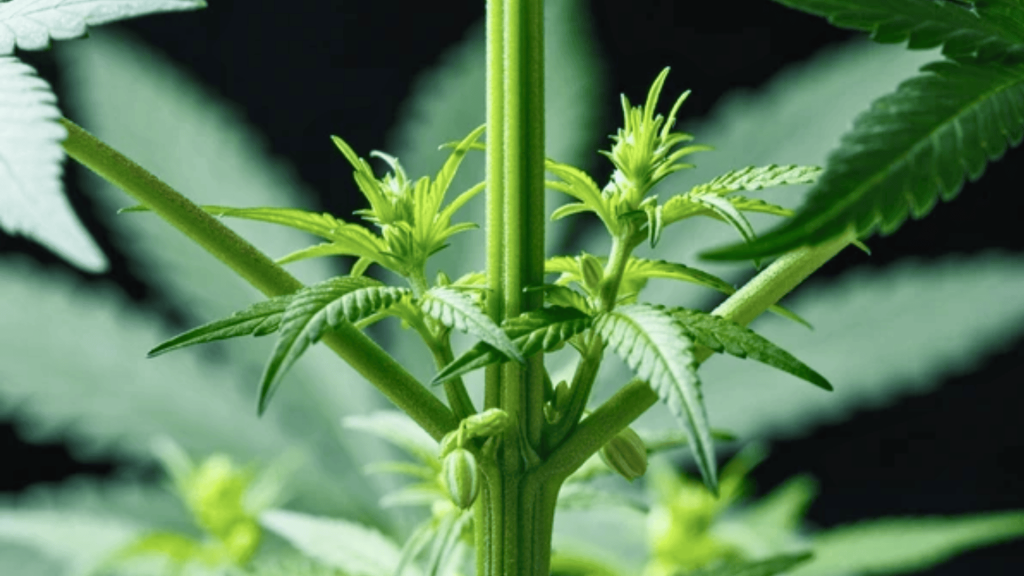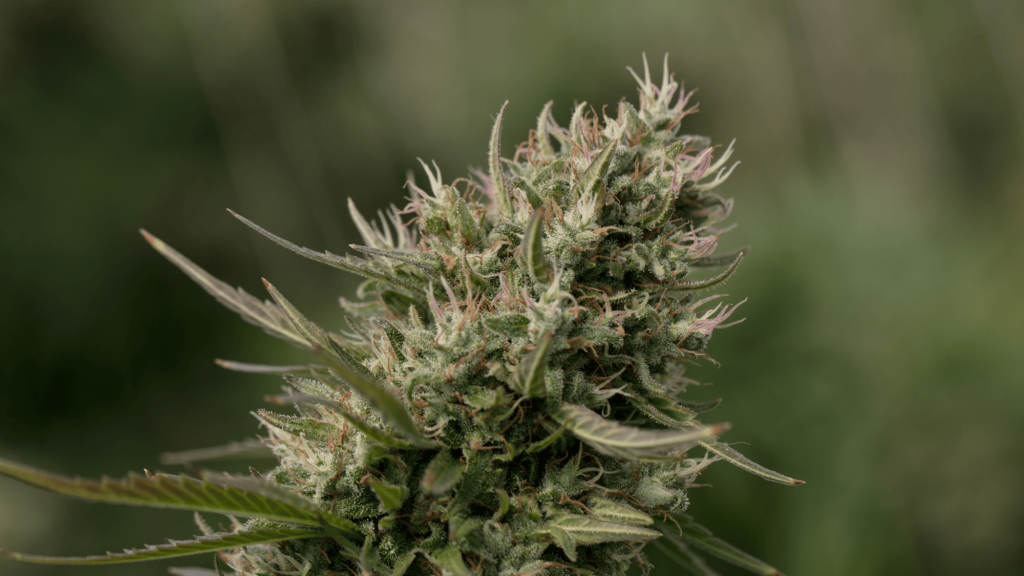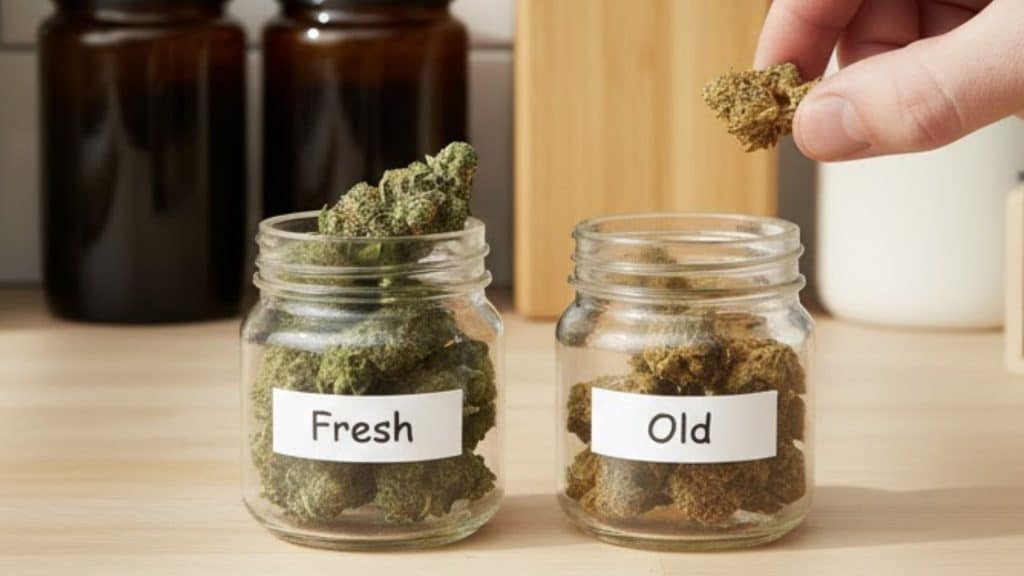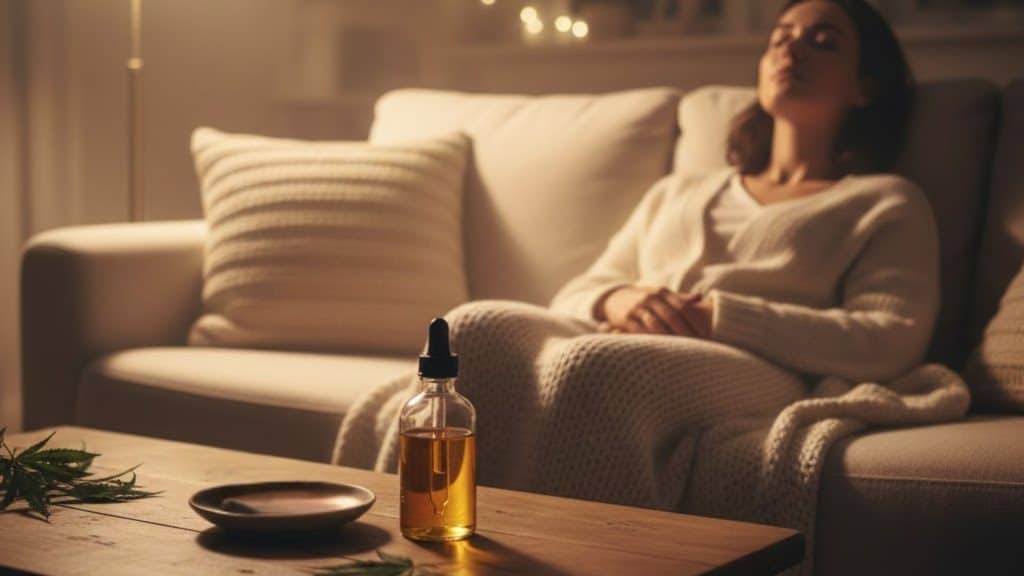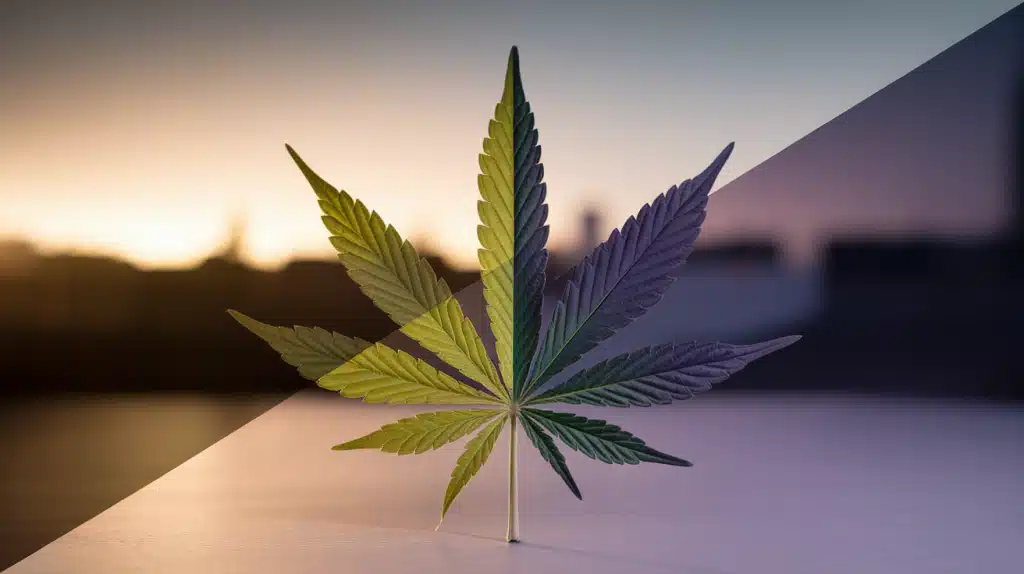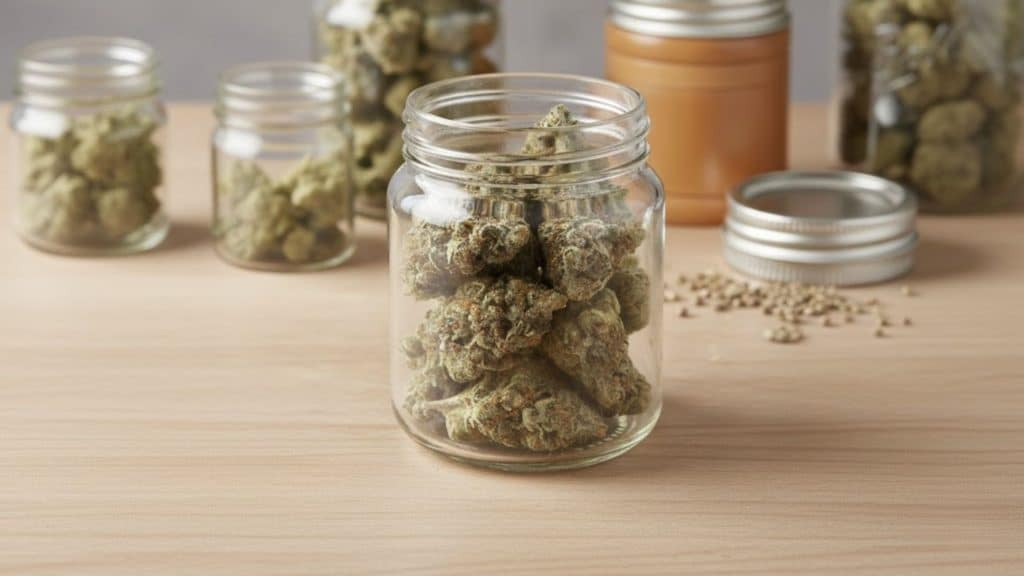If you’re growing cannabis or just curious about it, knowing how to spot a male cannabis plant really matters.
Many growers assume male plants are totally useless, just that part of nature you toss out. But actually, they serve important roles.
In this article, I’ll walk you through how to identify male cannabis plants, what their purpose is, and, as I see it, how you can use them instead of simply discarding them.
Whether you’re after strong buds or just want to understand your garden better, today, you’ll get clarity.
You’ll learn the visible signs, the risks of keeping male plants around, and creative ways to put them to work.
Disclaimer: This article is for informational and educational purposes only. It does not promote, encourage, or endorse the cultivation or use of cannabis in any form where it is prohibited.
Male Cannabis vs. Female Cannabis: Key Differences
Before you get into the finer details, you should know the big picture differences between male and female plants. I’ll keep it simple and clear so you’ll be confident when you check your own plants.
Appearance Overview
Male plants often grow taller and more spindly, with fewer leaves and a less dense structure compared to females.
Female plants tend to be bushier, with more compact branches and leaves. Often, female plants will have thick stems near their buds, while males focus more on height and reaching.
Reproductive Roles
The male plant’s job is to produce pollen sacs. These are small, round pods that eventually open and release pollen. Female plants develop pistils, which look like tiny white hairs, designed to catch pollen and form seeds.
If your goal is seedless buds, female plants are what you want, but male plants are crucial if you’re breeding or preserving genetics.
Quick Comparison Table
| Feature | Male Plant | Female Plant |
|---|---|---|
| Shape & structure | Taller, fewer leaves | Bushier, many leaves |
| Reproductive sign | Round pollen sacs at nodes | Pistils (hair-like) from calyxes |
| Bud formation | No resinous buds | Resinous buds full of trichomes |
| THC content | Much lower | Much higher |
| Typical use | Breeding, fiber, compost | Consumption, extracts, seed production |
By knowing these differences upfront, you’ll be ready to spot a male plant and decide what you want to do with it.
How to Identify a Male Cannabis Plant
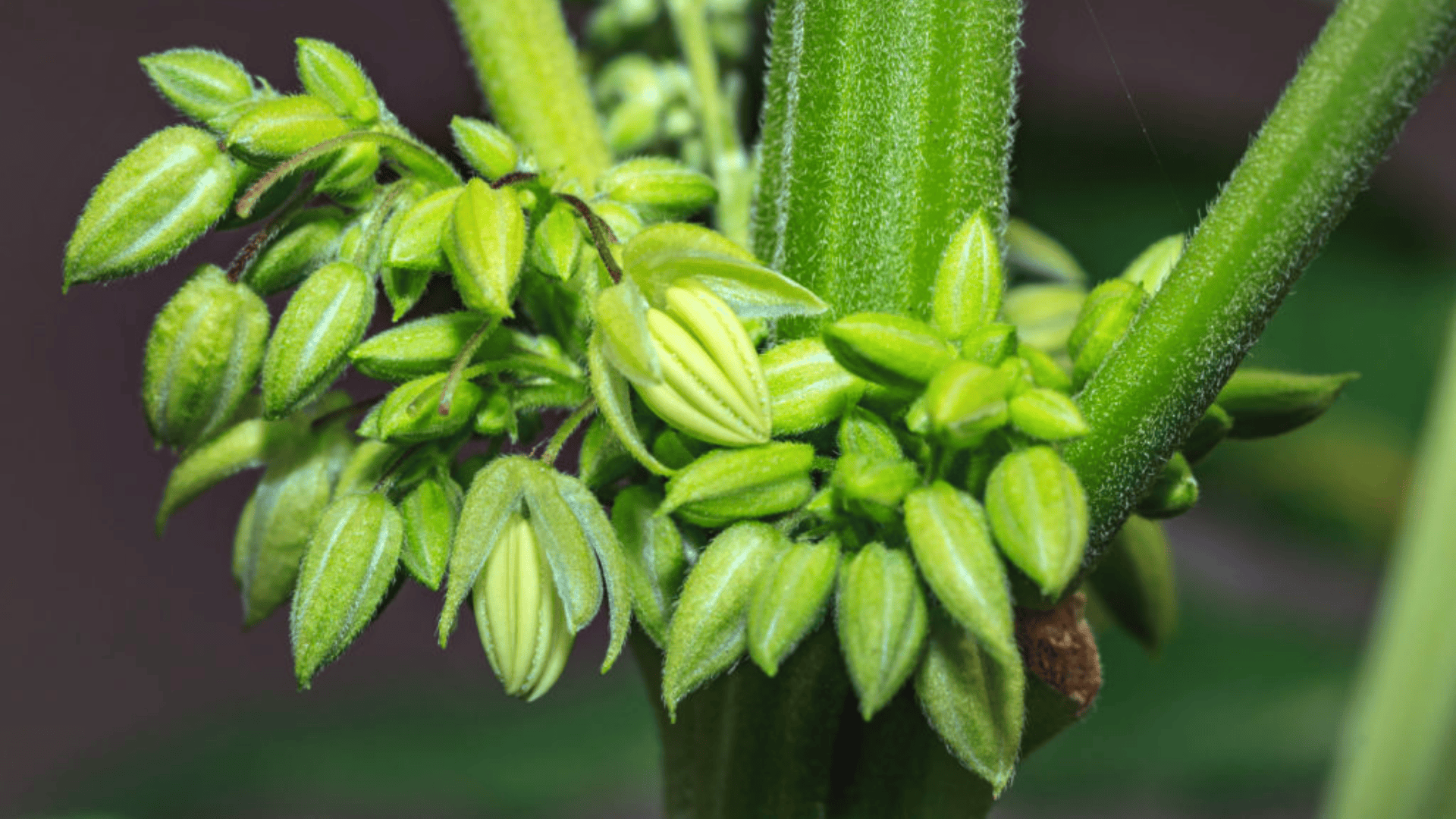
Identifying a male cannabis plant early is one of the most important steps in growing. I’ve seen too many growers miss this and end up with seeded buds when they least expect it.
In my experience, the key time frame is around 3–6 weeks from germination. That’s when plants enter the pre-flower stage and start showing their sex. If you wait too long, it may already be too late.
What to Look For
- At the nodes (where a branch meets the stem), look for clusters of small, round sacs, not hair-like pistils. These are pollen sacs.
- Check for the absence of white hairs (pistils), which would indicate a female. If you don’t see hairs and you see ball shapes, that’s a clue.
- Male plants may have sparser leaves, and the internodes (space between nodes) tend to be longer, making the plant appear lanky. They often grow slightly faster than females in that early phase.
- Use a magnifying glass if you need to. The sacs sometimes form in tight clusters and are easier to see when you’re still learning.
Daily Check Tip
Once your plants are entering 4–6 weeks, check them daily (especially in the morning) for signs. Pollen sacs can mature and open quickly, and one male can pollinate many females around it if you’re not careful. Early identification gives you the power to act.
What Happens If You Keep Male Plants
If you keep male plants around and they’re close to females, you’ll run into issues faster than you think.
When a male plant releases pollen and fertilizes a female, the female shifts its energy from producing resinous, bud-heavy flowers to making seeds.
This means fewer buds, lower potency, and more seeds inside the flowers. If your goal is unseeded, high-potency buds (often called “sinsemilla”), then one male can ruin the crop.
Also, because male plants tend to mature a bit earlier, they can act first and pollinate silently. So if you let one linger nearby, you might walk into a room one day and find seeds everywhere.
To avoid this, isolate or remove males as soon as identified. If you’re not using them for breeding, it’s safer to move them away from females altogether.
Are Male Cannabis Plants Useful?
You might be thinking: “Okay, so male plants are risky, but are they ever useful?” The short answer: yes. They’re not pointless. As I’ve seen, they have meaningful roles if you know what to do.
| Use | Purpose / Benefit | Details |
|---|---|---|
| Breeding | Creating new strains and preserving genetics | Male pollen fertilizes female plants, producing seeds with traits like disease resistance, yield, or aroma. |
| Fiber & Industrial Hemp | Producing strong natural fibers | Male stalks are fibrous and ideal for making rope, paper, textiles, and other hemp-based products. |
| Soil Enrichment | Composting for nutrient recycling | Male plant material breaks down easily, adding organic matter and nutrients back into the soil. |
| Pest Control | Natural garden support | Dried male plants or stems can be used as mulch or companion plants to deter pests. |
| Home Uses | Practical non-psychoactive applications | Leaves and stems can be used for herbal teas, juicing, or crafting with natural fibers. |
So yes, you can absolutely make male cannabis plants useful instead of just tossing them aside.
THC and CBD in Male Cannabis
A big question is: Do male cannabis plants have THC or CBD? Yes, but the levels are quite different for females.
Female plants, especially their buds, are packed with cannabinoids like THC and CBD. Male plants have much less cannabinoid content. Because they don’t form thick resinous buds, their potential for high-potency use is limited.
Because of that, smoking male plants usually isn’t ideal if you’re aiming for strong effects. But if you’re using leaves or stems for extracts, teas, or other uses, there’s still some value.
Also, keep in mind: extraction methods (like making tinctures) might draw out what little cannabinoid content is there, but the result will always be milder.
If you’re growing for potency, females remain your focus. Males serve other purposes (like breeding or fiber) rather than high-THC yield.
How to Repurpose Male Cannabis Plants
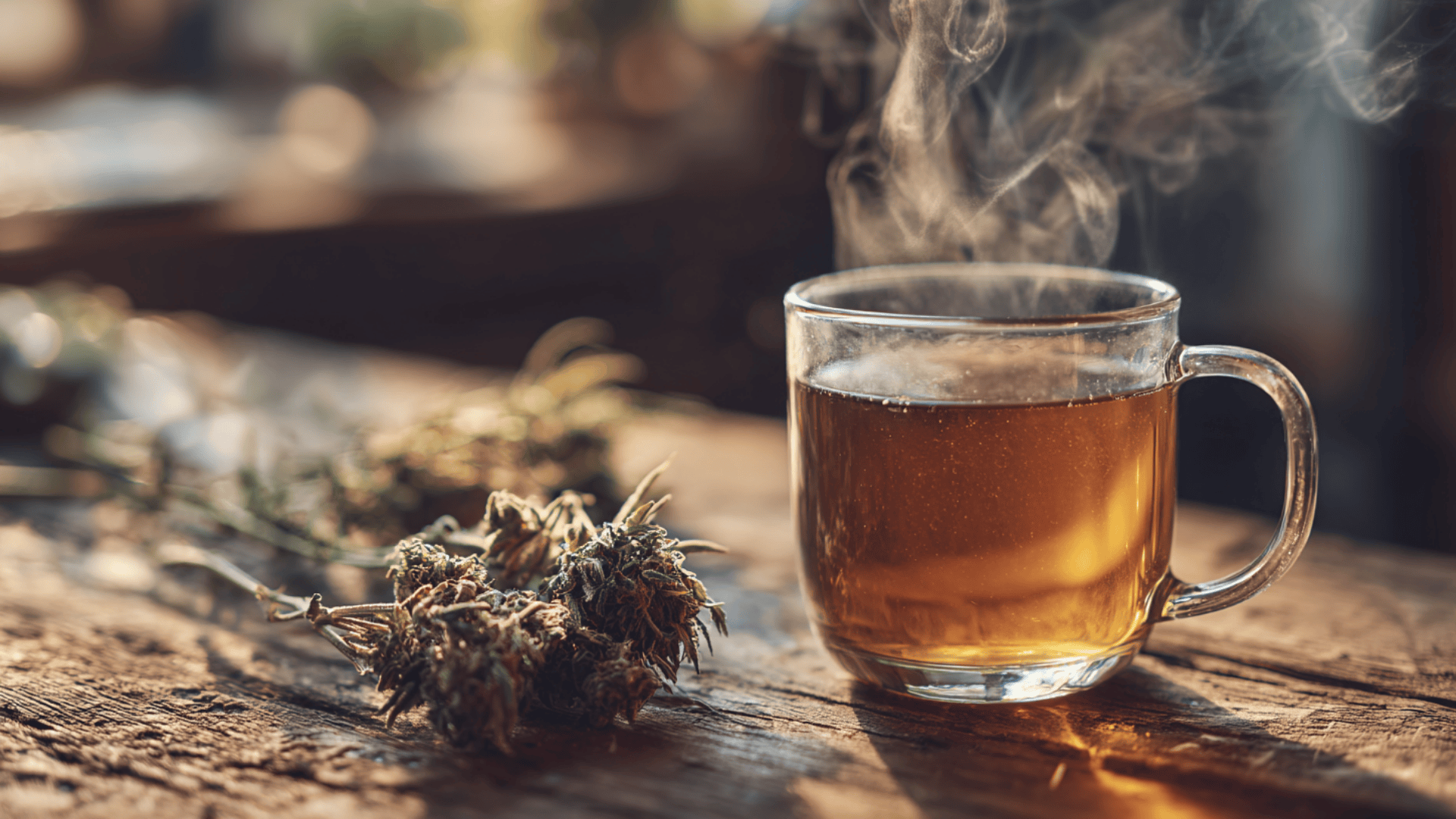
Now that you know males are useful, let’s go through step-by-step how you can repurpose them. These tips help you get more value and make your growing space more sustainable.
Step 1: Composting Properly
- Cut down the plant after identifying it as male.
- Chop into smaller pieces (stems, leaves) so it breaks down faster.
- Add to your compost pile or bin with other garden waste.
Make sure you mix well and turn the compost so it decomposes evenly.
Dos: Use gloves, remove thick wood parts if they’ll take too long to break down.
Donts: Don’t just dump huge whole stalks; they may take a long time and tie up space.
Step 2: Brewing Cannabis Tea
- Use dried leaves or thin stems from the male plant.
- Lightly decarboxylate (heat) them to activate cannabinoids.
- Steep in hot water with a fat (like coconut oil) for better absorption.
- Strain and enjoy. The effect will be mild, but it gives you a way to use material you might otherwise toss.
Safety tip: Know your local regulations and use responsibly.
Step 3: Making Natural Fiber Rope or Paper
- Harvest the tall stalks of the male plant before they become woody.
- Remove the outer bark or fibers (hemp-style processing).
- Dry the fibers, then twist them into a small rope or pulp them for handmade paper.
This takes time, but it is satisfying if you enjoy DIY.
Step 4: Permaculture or Companion Setup
- Use cut male plants as mulch around other garden plants.
- They break down slowly, release nutrients, and repress weeds.
- You can also interplant male plants with other crops (not cannabis) to support biodiversity.
After you finish these steps, you’ll find you wasted less and gained more using male cannabis plants for value rather than loss.
Myths About Male Cannabis Plants
Let’s clear up some common myths about male cannabis plants, because I’ve heard them a lot.
Myth: “They’re totally useless.” → Fact: Not true. They do have value (for breeding, fiber, compost).
Myth: “They contain zero cannabinoids.” → Fact: They do contain cannabinoids, just much lower than females.
Myth: “They’ll ruin all your buds automatically.” → Fact: True only if you don’t remove or isolate them and they pollinate your females. If you act early, you’re fine.
It’s about understanding what role males play and handling them accordingly.
Conclusion
Spotting a male cannabis plant early helps you protect your crop, and using those males wisely lets you get more value out of them instead of wasting them.
When you understand how to identify, isolate, or repurpose male plants, you’ll grow smarter and more sustainably.
Whether you’re going for high-potency buds, breeding new strains, or reducing waste in your garden, recognizing the role of male plants gives you more control.
I encourage you to check your plants regularly, use the ideas above, and turn what many see as a problem into a smart part of your growing plan.
Frequently Asked Questions
Can male plants turn into female plants?
No. A plant’s genetic sex is fixed at germination, so you can’t reliably change a true male into a female.
What if my plant is hermaphrodite?
It has both male and female parts and can self-pollinate. Treat it like a male if you want to avoid seeded buds.
Do male plants smell like weed?
Not as much. Males have a lighter aroma because they don’t develop the dense, resin-filled buds that create strong cannabis scents.
Can I grow male plants outdoors safely?
Yes, but keep them far from female plants to prevent accidental pollination and protect your flowering crop.
Should beginners remove males immediately?
Yes, if your goal is bud production. Remove or isolate males early unless you’re breeding and want to collect pollen.

